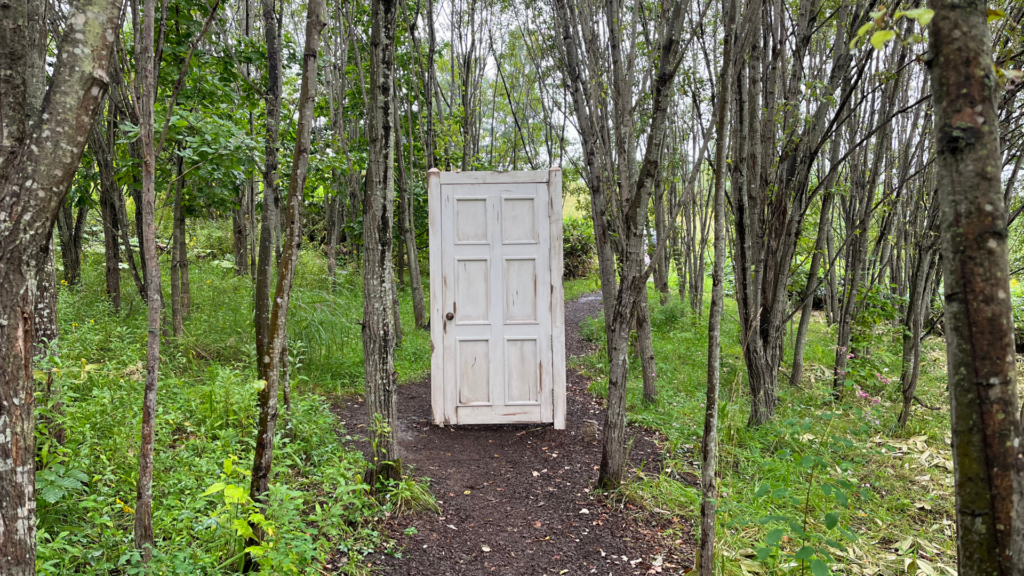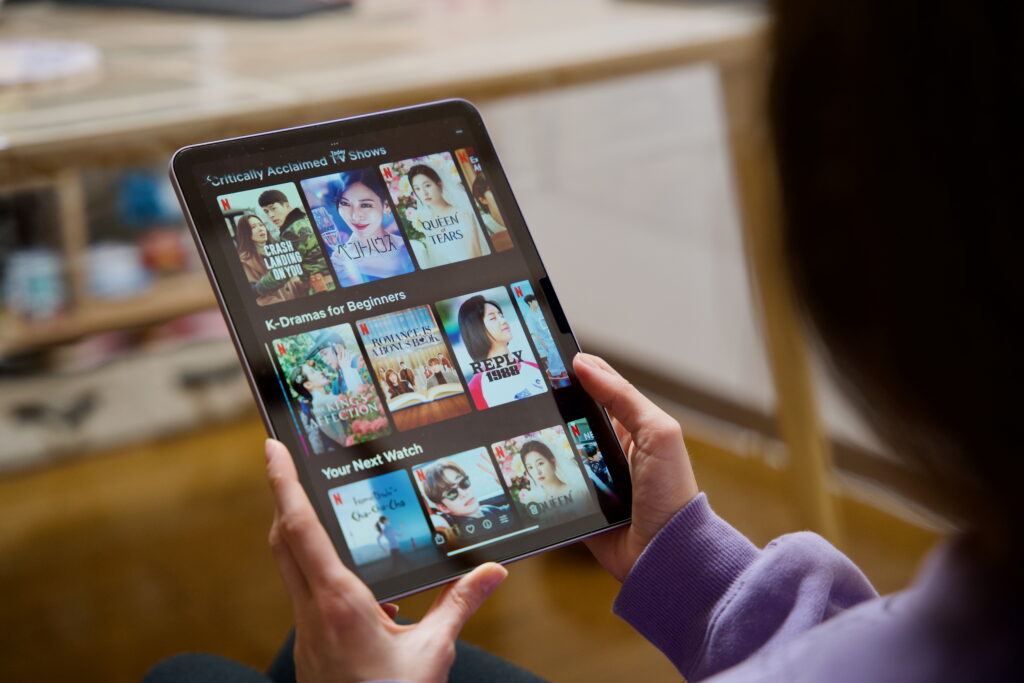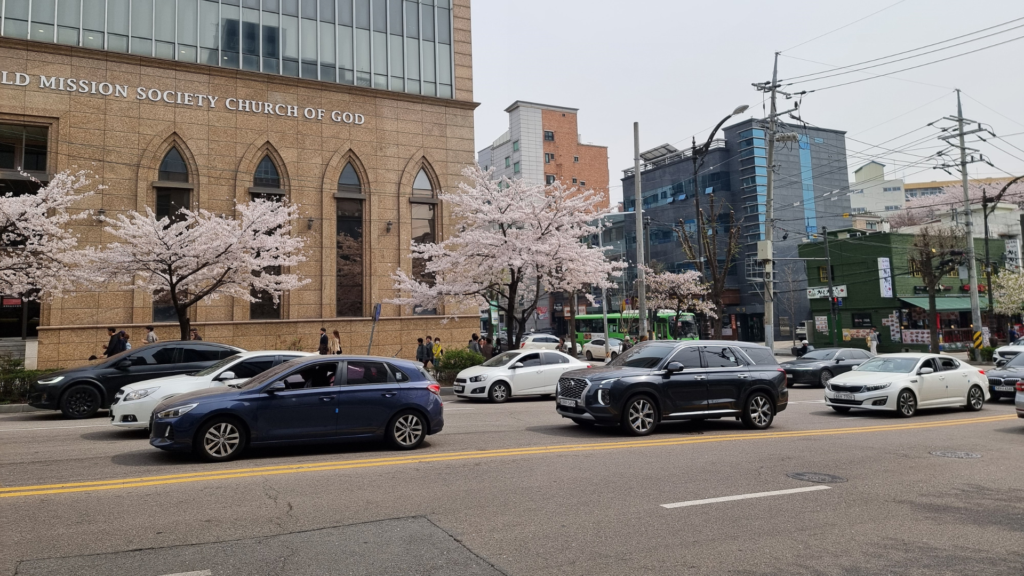In almost any given neighborhood in Seoul (and beyond) you’ll find multiple cafes of all different shapes and sizes. The rise of South Korea’s cafe culture is a particularly interesting story. It aligns closely with the country’s uncanny ability to have its modern culture become a popular interest worldwide. In South Korea, cafes are much more than a one-stop-shop for a hot or cold beverage. Rather, they act as safe havens for students needing a study space, tourists needing Internet, and friends needing a rest. This article excavates the history of coffee in Korea and explores the rise of South Korea’s cafe culture.
A brief history
Given South Korea’s vast and ever-growing, consumption of coffee, the industry is still relatively young compared to many other countries. According to coffee aficionados, King Gojong was the first person in Korea to have coffee in the late 1890s. Although, it wasn’t until the 1950s, after the Korean War, when dabangs (다방, parlors) became a more common establishment in Seoul. Indeed, during this time, dabangs served coffee, an expensive import, to the elite.
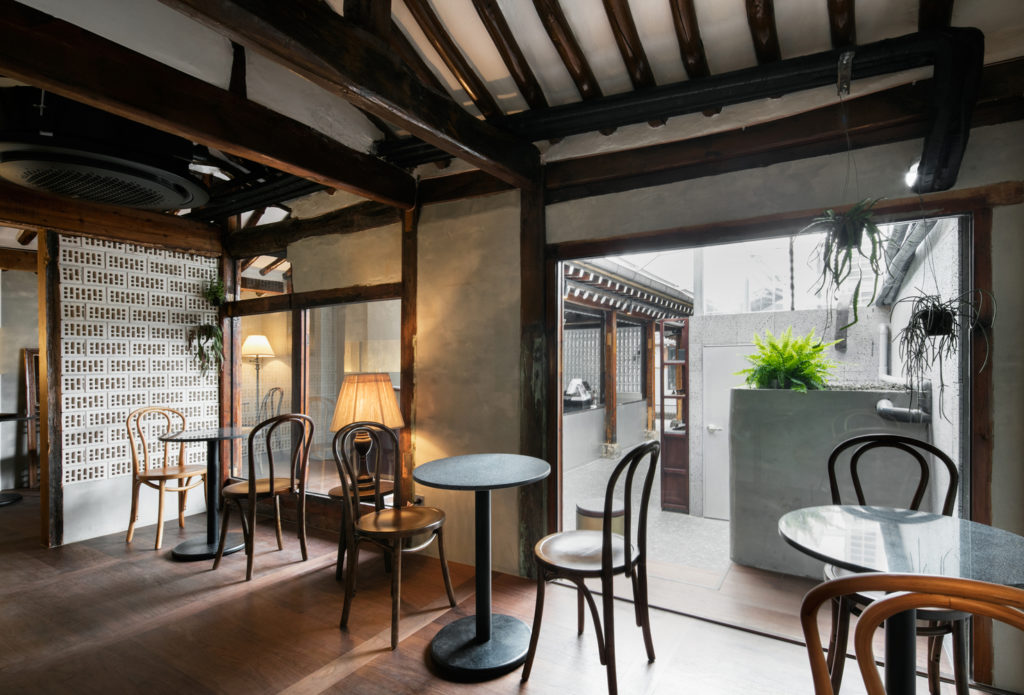
Coffee accessibility
In the following decades, the price and availability of coffee fluctuated but stabilized in the 80s. The 80s saw the proliferation of cafes, making them more readily available and affordable to middle-class Koreans. In this increasingly competitive market, cafes and coffee houses began to distinguish themselves by adopting specific themes and catering to particular demographics. Indeed, it was in 1999 when Starbucks first penetrated the South Korean market. Starbucks marked a paradigm shift in cafe culture in South Korea as takeaway coffee became popularized. After Starbucks, Korean entrepreneurs increasingly established large coffee chains, such as Caffe Bene, Ediya, and Angel-In-Us. As of 2016, South Korea’s per capita consumption was 2.3 kg per person according to the International Coffee Organization, one of the highest amongst Asian countries.
Modern cafe culture
Even with cafes and coffee in abundance, the rise of South Korea’s cafe culture was not inevitable. It was the combination of social media and the carefully-curated atmospheres of individual cafes that allowed for South Korea’s cafe culture to quickly become an international sensation.
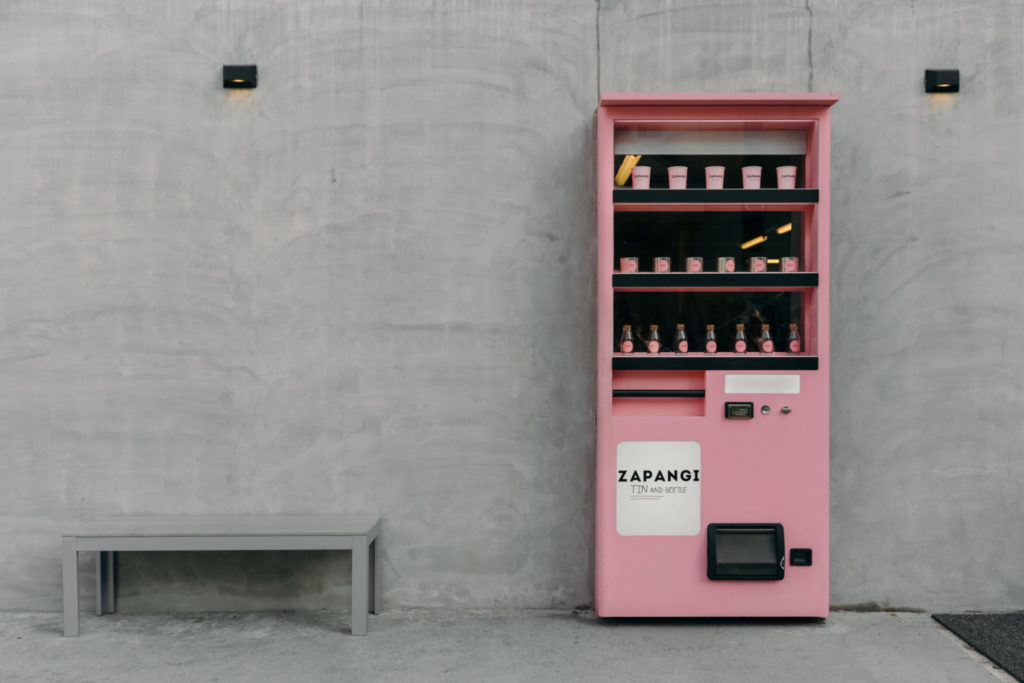
Cafes are no exception to South Korea’s obsession with aesthetic beauty and pleasure. Regardless of their size, they often meet a certain aesthetic standard. Cafe Zapangi perhaps best illustrates the importance of aesthetics, with a pink vending machine standing in lieu of a door. Albeit, aesthetics are often prioritized before the flavor profile of coffee. Customers are often expected to pay an expensive price-tag to enjoy the ambiance. However, the coffee industry continues to welcome newcomers roasting their own beans or reintroducing the artistry to brewing coffee.
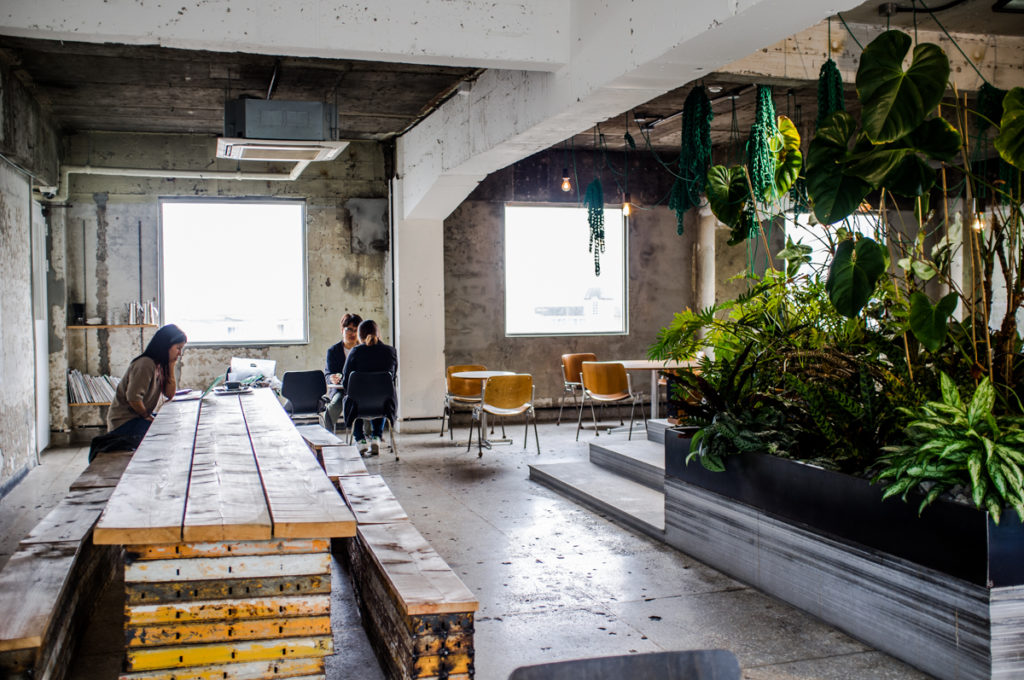
Cafe culture symbolizes modernity in South Korea and the continued gentrification that the country sees. Although, modern cafes still reflect traditional dabangs in Korea. It’s common to see traditional hanoks (한옥) restored as tea houses or coffee shops, creating a space in which history and modernity meet. On that note, the next article will focus on the different cafes that can be found in Seoul and will provide a short list of Seoul’s best cafes and the future of the coffee industry in South Korea.
Author: H.W. Nam

